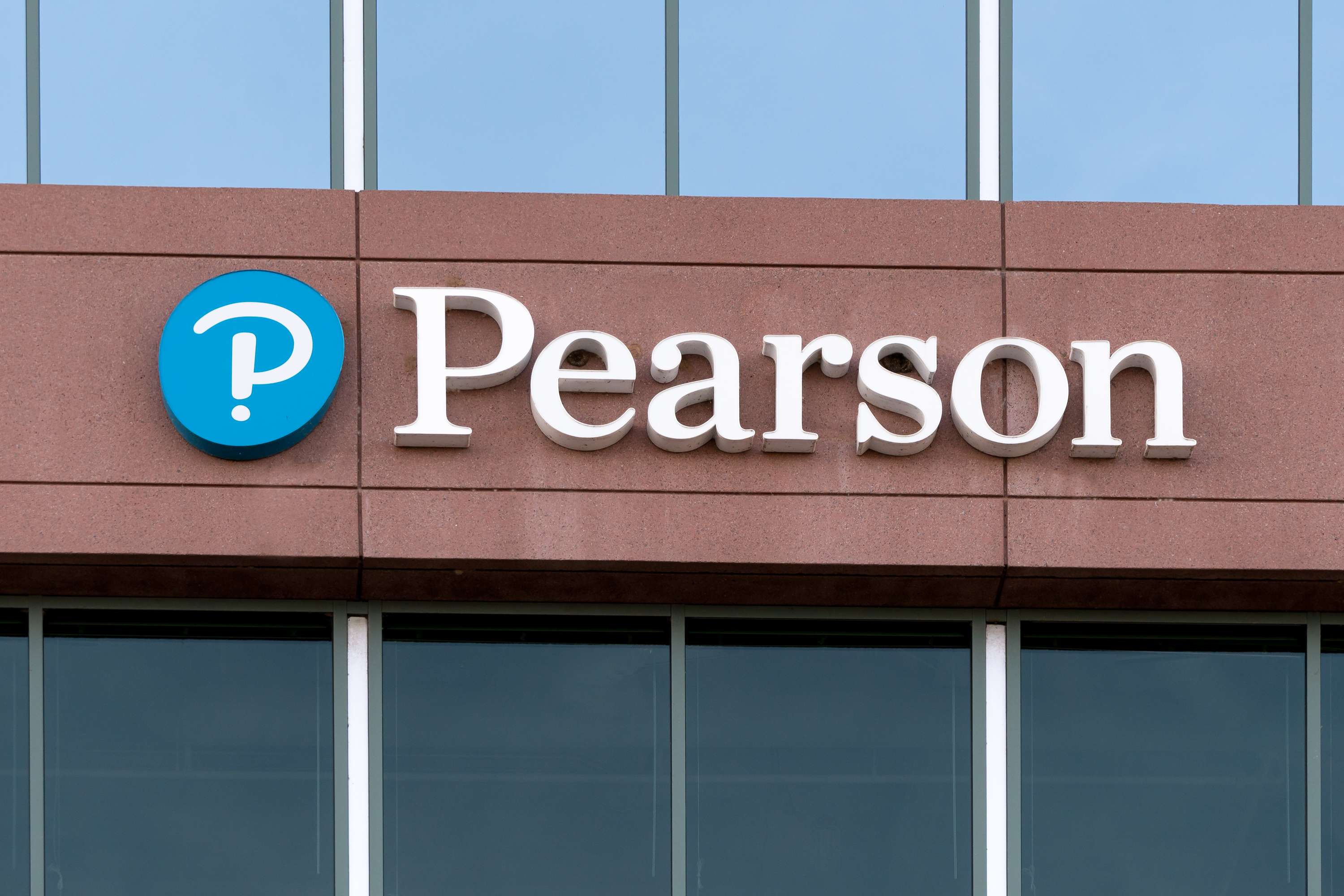Q&A: Symantec’s CISO on the source code hack
We chat with Symantec's CISO to talk about what happened during and after the source code leak saga earlier this year.


Security firms haven't had an easy year. As RSA chairman Art Coviello said earlier this week at RSA 2012, vendors have been "going through hell."
Suppliers, certificate authorities and other tech companies have been battered by hackers. Symantec, the world's biggest security firm, has not escaped the attention of cyber criminals.
pcAnywhere customers know that more than anyone. They were told to disable their remote access software after hackers started taunting Symantec about the pcAnywhere source code they had acquired in 2006.
We caught up with Symantec's chief information security officer Patricia Titus, who only started four months ago, to talk about the situation and the aftermath.
Earlier this week, Art Coviello said the security industry had a horrible year. Have you seen any spikes in attacks on yourself?
Yes. It has been so targeted. I was talking to the CISO of Sony today and we were saying it goes in waves. You get that bullseye painted on you and then it is constantly hitting the front door and looking for any little area to exploit.
Did you have any spike in activity after the pcAnywhere revelations?
Get the ITPro daily newsletter
Sign up today and you will receive a free copy of our Future Focus 2025 report - the leading guidance on AI, cybersecurity and other IT challenges as per 700+ senior executives
Yeah we did. We saw for about a two to three week period afterward there was a spike.
What happens is the media brings it up and everybody in town, all the little script kiddies and everybody who has nothing to do with their time says hey, let's go and get Symantec.' So the probes start and you're getting constant port scanning.
Coviello has also talked about de-investing in old, traditional technologies. Do you think it is dangerous that people might take this as a hint to ditch firewalls?
It's all still part of that defence in depth strategy. It's not a sexy term anymore, it used to be a great term, defence in depth.
You know what is critical to your organisation and if you don't you probably aren't in the right job.
But the bottom line is we still need those perimeters around the right data types. The problem has been people seeing the network as flat, the data all the same and you can't keep up with the investment.
There is a methodical approach to categorising your data and applying the security controls commensurate with the data level. So instead of treating all your data like it is mission critical, and having firewalls and IDS sensors and PKI and cameras and guns and badges - the whole nine yards - you can start to say this is low assurance data.
I would argue that you know what is critical to your organisation and if you don't you probably aren't in the right job. What's important to Symantec? What's the keys to our kingdom? Intellectual property.
If I were to target one system I would look at my IP depositories. I am looking at our IP. In fact, we're going back and looking at all previous events that took place.
Has that been inspired by the pcAnywhere source code leak?
It would have been inspired anyway just based on the categorisation exercise that we're going to go through in the company.
We've already started to look at our applications because we've merged with a lot of companies. We've acquired a lot of applications, a lot of databases, structured and unstructured data. We need to figure out who owns it.
Tom Brewster is currently an associate editor at Forbes and an award-winning journalist who covers cyber security, surveillance, and privacy. Starting his career at ITPro as a staff writer and working up to a senior staff writer role, Tom has been covering the tech industry for more than ten years and is considered one of the leading journalists in his specialism.
He is a proud alum of the University of Sheffield where he secured an undergraduate degree in English Literature before undertaking a certification from General Assembly in web development.
-
 Capita tells pension provider to 'assume' nearly 500,000 customers' data stolen
Capita tells pension provider to 'assume' nearly 500,000 customers' data stolenCapita told the pension provider to “work on the assumption” that data had been stolen
By Ross Kelly
-
 Gumtree site code made personal data of users and sellers publicly accessible
Gumtree site code made personal data of users and sellers publicly accessibleNews Anyone could scan the website's HTML code to reveal personal information belonging to users of the popular second-hand classified adverts website
By Connor Jones
-
 Pizza chain exposed 100,000 employees' Social Security numbers
Pizza chain exposed 100,000 employees' Social Security numbersNews Former and current staff at California Pizza Kitchen potentially burned by hackers
By Danny Bradbury
-
 83% of critical infrastructure companies have experienced breaches in the last three years
83% of critical infrastructure companies have experienced breaches in the last three yearsNews Survey finds security practices are weak if not non-existent in critical firms
By Rene Millman
-
 Identity Automation launches credential breach monitoring service
Identity Automation launches credential breach monitoring serviceNews New monitoring solution adds to the firm’s flagship RapidIdentity platform
By Praharsha Anand
-
 Neiman Marcus data breach hits 4.6 million customers
Neiman Marcus data breach hits 4.6 million customersNews The breach took place last year, but details have only now come to light
By Rene Millman
-
 Indiana notifies 750,000 after COVID-19 tracing data accessed
Indiana notifies 750,000 after COVID-19 tracing data accessedNews The state is following up to ensure no information was transferred to bad actors
By Rene Millman
-
 Pearson fined $1 million for downplaying severity of 2018 breach
Pearson fined $1 million for downplaying severity of 2018 breachNews The SEC found the London-based firm made “misleading statements and omissions” about the intrusion
By Rene Millman

